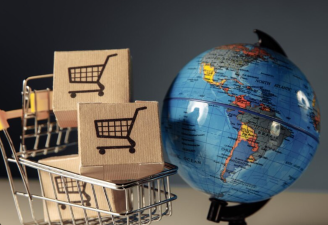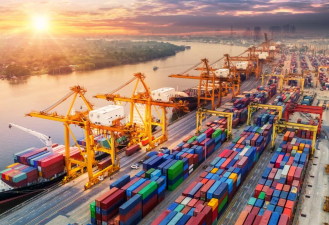Balancing Globalization and Localization
Global expansion is no longer simply about expanding reach; it's about finding the right balance between globalization and localization. This evolving concept is known as "glocalization."
"As companies shift from country-specific strategies to regional and global ones, the demand for vendor capabilities is increasing," said Moon Suen, Executive Director of Client Solutions at GoGlobal. "Companies are seeking partners who can serve as a single point of contact across multiple jurisdictions, managing diverse needs such as recruiting, payroll, entity management, and compliance within a comprehensive model."
Successful global expansion requires more than a one-size-fits-all approach. It also requires deep knowledge of local markets, including regulatory requirements, cultural nuances, and consumer behavior. Underpinned by a global mindset, local expertise has become critical to navigating these complexities and integrating them with global strategies.
This shift is impacting how companies utilize global outsourcing (EOR) services, a long-standing core GoGlobal solution.

Global Energy Consumption Reaches a New High
Global energy consumption is projected to grow by 2% in 2025, reaching a record high of 14.5 billion tons of oil equivalent (BTOE), with fossil fuels remaining dominant, accounting for 80%. This will result in carbon emissions increasing 1.7 times compared to 1990 levels. Coal will continue to be the primary fuel in Asia, particularly in India and Russia. In the oil market, OPEC+ will maintain Brent crude prices between $75 and $77 per barrel by adjusting production.
The share of renewable energy in global supply is projected to increase to 14%, with wind and solar power generating one-sixth of the world's electricity. Countries are actively expanding clean energy investments, such as solar power plants in India, mini-grids in Zambia, and geothermal power plants in Texas. Thailand plans to increase its renewable energy share to 20%. Nuclear energy will regain its dominance in Asia, particularly in China, which aims to produce 200,000 tons of green hydrogen annually.
Resilience in a VUCA World
The term "VUCA" (volatile, uncertain, complex, ambiguous) has never been more relevant. Businesses in 2025 are grappling with geopolitical tensions, supply chain disruptions, and the increasing impacts of climate change.
As international companies face these disruptions, resilience is no longer simply about survival—it's the ability to transform adversity into opportunities for innovation. To succeed, organizations must prioritize resilience across multiple dimensions:
- Financial resilience: Responding to economic uncertainty by diversifying revenue streams.
- Operational resilience: Building an adaptable workforce and crisis management systems.
- Technological resilience: Strengthening IT infrastructure and cybersecurity.
- Reputational resilience: Maintaining trust and credibility in the face of disruption.
While resilience is often associated with survival, the most forward-thinking companies view it as an opportunity for growth. Disruptions are more than just obstacles—they. They are catalysts for innovation. By adopting an optimistic and resilient mindset, companies can identify opportunities where others see only challenges.

AI and technology lead growth
Through 2025, AI and technology will continue to be key engines driving global economic growth. Global IT investment is forecast to grow by 8%, reaching $3.6 trillion. According to EY data, 30% of US companies will invest more than $10 million in AI, a significant increase from 16% in 2024. However, Gartner warns that with increasing regulation, approximately 30% of AI projects may fail. On the hardware side, competition in the chip industry will intensify. Nvidia is expected to maintain its leading position in AI chips, competing fiercely with rivals such as Arm and Google. Meanwhile, countries are vying to attract chip manufacturing. TSMC will establish its first factory in the United States, while Micron plans to start production in India.
The Healthcare Sector Meets the Challenge of an Aging Population







